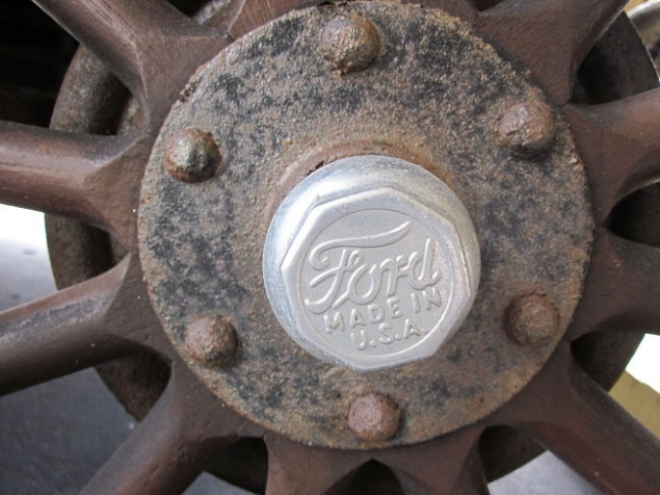Because manufacturers (and others) don’t always do what they say, surveys of their intentions on hiring and investment and the like should always be taken with a big boulder of salt – the more so since the questions are often asked and the answers given in a political and policy context.
So when one of these surveys clashes with manufacturing reshoring and renaissance claims that America’s most powerful manufacturers – the offshoring multinationals – have been energetically pushing, they deserve special attention. That’s why it’s worth looking closely at a new sounding on where new factories are likely to be built from a major consulting firm and a leading manufacturers association.
As the nation has heard endlessly from the biggest names in American industry and their witting and unwitting political dupes, U.S. domestic manufacturing is either enjoying an historic comeback, or is on the verge of one. These boasts and predictions have become a little less common lately, as manufacturing data keeps disappointing, but they haven’t been recanted or simply dropped because they serve two powerful purposes.
First, at a time of continued U.S. economic weakness, contentions that American-owned manufacturing firms are boosting their U.S. production and employment counter fears and accusations that they have abandoned their home country wholesale. Second, a crucial feature of these renaissance claims – that China’s competitiveness has faltered so dramatically that American industry is actually abandoning the PRC and returning stateside – helps the multinationals defend the offshoring-friendly trade deals they worked so hard to pass by indicating that they did little, if any, long-term harm to the U.S. economy despite critics’ accusations.
It’s hard, however, to read the Footprint 2020 study just released by Deloitte and the Manufacturers Alliance for Productivity and Innovation (MAPI), and take any of the above seriously for one minute longer.
Take the reshoring narrative so central to the renaissance story. According to the Deloitte-MAPI report, “reshoring is a real phenomenon.” But get a load of this kicker: “[A] common misconception is it represents a return of previously offshored operations to US soil. In practicality, reshoring may include returning operations to Mexico. This offers greater access to the US market, but allows companies to maintain advantageous operating cost structures. Sixty-six percent of survey respondents offshored their operations in the past 20 years, and a third are now considering bringing them back to North America. These moves focus on primary production and assembly operations currently located in China, India, and/or Brazil. Mexico is the first choice destination to re-shore operations, followed by the US.”
To be fair, there is a respectable argument made that even reshoring (and other) investment in Mexico helps domestic U.S. industry, too. The supposed reason: Manufactured goods made in Mexican factories, especially if they’re owned or related to American firms, use much more in the way of Made in the USA parts and components than similar products made in Asia and elsewhere.
But this argument overlooks the reality that the U.S. content of America’s imports from Mexico has been falling, and that this trend will accelerate if Congress approves the Pacific Rim trade deal just concluded by the Obama administration. That Trans-Pacific Partnership (TPP) will make it easier for countries like Japan to send more goods, like automobiles from Mexican assembly plants into the United States that contain more parts and components from outside Mexico and “North America.”
The idea that investing in Chinese manufacturing doesn’t make much sense nowadays also takes a body blow from Footprint 2020. The study found that 98 percent of the companies surveyed plan to expand operations in countries where they’re already in business, either through adding on to existing facilities, or by opening new factories or labs or warehousing and distribution centers. The country that will get the biggest share of this new capital? China. (The United States is second.) Moreover, between the 2002-2007 period (before the financial crisis struck) and the 2010-2015 period (when the American manufacturing renaissance was supposed to have taken off), “North America’s” appeal to American-owned companies increased only slightly, while “Asia’s” (meaning largely China) nearly doubled.
Of course, for literally years, manufacturing renaissance claims have been steadily punctured by the most authoritative data available on production, trade balances, productivity, and wages. With hitherto cheerleading multinational manufacturers themselves now throwing cold water on this idea, too, it’s legitimate to wonder whether domestic industry is closer to suspended animation than to rebirth.
SOURCE: Equites.com
